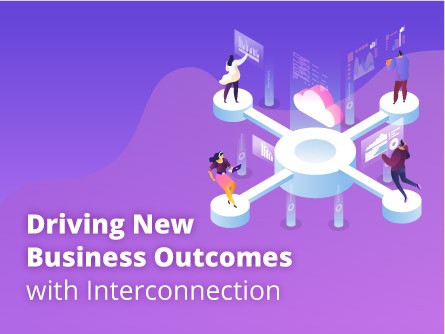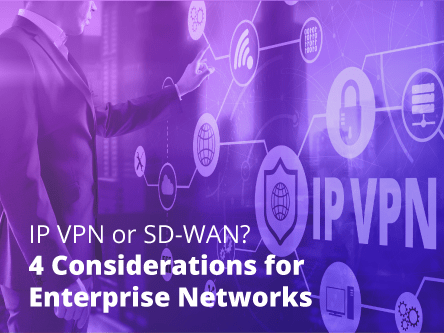From a traditional IT perspective, data centre used to operate as standalone facilities or as closed ecosystems. And that was during a time before the cloud, where business IT systems are running on-premises.
In a market that is hyper-connected, cloud-centric, and moving faster than ever before, the data centre environment is moving from closed and limited to open and agile. Data Centre Interconnect (DCI) is taking the stage in enabling businesses to build an increasingly hybrid IT environment.
Whether it is a local small and medium-sized enterprise (SME) or a cloud solutions provider looking to roll out in new markets, DCI is a critical strategy for connecting to customers and partners.
DCI is more than just linking data centres, but rather across diverse ecosystems with connectivity to the cloud and other networks. It has to be able to serve both current and future demands.
Gaining first-mover advantage
Connectivity has to be a long-term IT strategy because of the number of applications and services running on it.
Furthermore, an organisation’s approach to DCI is largely tied to the business outcomes and their customers’ needs. This means being able to interconnect seamlessly to deliver services to customers or serve new business needs in unique markets.
Every organisation should be able to seamlessly build, manage and grow a DCI ecosystem that gives them complete control over the way they connect and deploy applications and services.
A cloud-centric DCI ecosystem facilitates diverse interconnects between data centres and connections to the cloud, enabling businesses to support hybrid IT and extend their global reach.
An over-the-top (OTT) provider locked into a traditional DCI ecosystem will lose out on new business opportunities if it is unable to deliver its services to consumers fast enough.
Similarly, an enterprise that wants to move quickly into an emerging region to capture a first-mover advantage cannot afford to have their network infrastructure hold it back.
Building a long-term DCI strategy
With the right global connectivity partner, there is no need to lease a colocation space in a new market just to interconnect data centres and networks.
A truly global DCI strategy reduces the overall cost of entry and the need for additional investments or resources. Businesses also do not have to worry about legacy infrastructure as a software-defined networking (SDN) fabric gives them the freedom to interconnect global data centres and directly connect to the cloud.
Ultimately, a long-term DCI strategy is a combination of a robust core network, SDN fabric and an on-demand platform. It is a new networking model built for modern business services and applications. Each organisation has unique business needs and has to carefully consider the way connectivity impacts their performance.
Building a cloud-centric DCI ecosystem doesn’t have to be difficult. Download and read our white paper to find out how.







